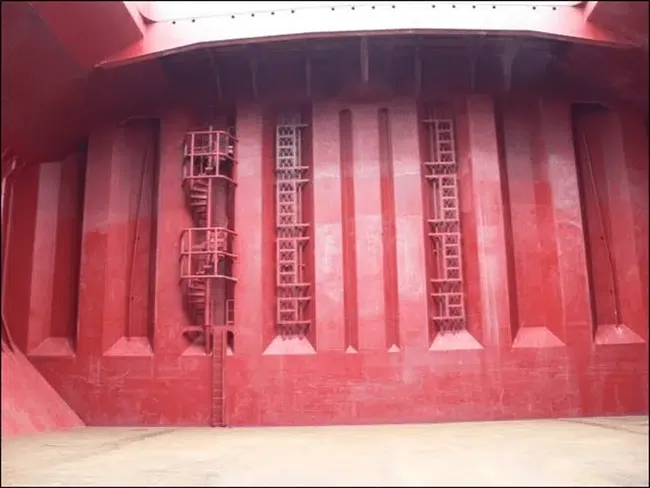The Titanic was famously known as an "unsinkable" ship prior to its ill-fated maiden voyage in 1912.
The Titanic's designers claimed that the ship had been built with sixteen watertight compartments that could be sealed off in the event of a collision, and that the ship could stay afloat even if four of the compartments were flooded. This gave the impression that the ship was so well designed that it could withstand any disaster, including a collision with an iceberg.
Unfortunately, as we now know, the Titanic was not unsinkable, and the disaster that occurred on its maiden voyage was a tragic reminder of the importance of safety and caution when it comes to ships and maritime travel. The sinking of the Titanic led to new regulations and safety measures that have greatly improved the safety of ships and saved countless lives over the years. One of the most important of those being the creation of the ‘collision bulkhead’.
The collision bulkhead is a crucial safety feature that has improved the safety of ships at sea. The collision bulkhead is a watertight partition located at the forward end of a ship that is designed to prevent flooding of the cargo hold or the engine room in case of a collision. The installation of the collision bulkhead has significantly reduced the risk of ships sinking, and has therefore saved countless lives over the years.
The need for the collision bulkhead was first realized after the tragic sinking of the Titanic. The Titanic, considered unsinkable at the time, collided with an iceberg and sank, resulting in the loss of more than 1,500 lives. The Titanic did not have a proper collision bulkhead, which allowed water to flood into several compartments of the ship, ultimately leading to its sinking.
After the Titanic disaster, the International Convention for the Safety of Life at Sea (SOLAS) was established in 1914. SOLAS set out guidelines for the design and construction of ships, including the requirement for a collision bulkhead. The convention stipulated that all ships must have a collision bulkhead that extends to a height above the waterline, so that in the event of a collision, the bulkhead would prevent water from flooding the rest of the ship.
The installation of the collision bulkhead has significantly improved the safety of ships at sea. In the past, a collision with another ship or with an underwater obstacle could cause serious damage to a ship and result in the flooding of several compartments. However, with the installation of the collision bulkhead, the damage caused by a collision is contained to a single compartment, which greatly reduces the risk of the ship sinking.
In addition to preventing the sinking of ships, the collision bulkhead has also allowed ships to continue on their journey even after a collision. In the past, a collision could result in a complete loss of the ship and its cargo. However, with the installation of the collision bulkhead, a ship can still continue to sail and deliver its cargo even after sustaining damage from a collision.
The collision bulkhead has also allowed ships to become larger and more efficient. In the past, ships were designed with a limited length and breadth due to the risk of flooding in the event of a collision. However, with the installation of the collision bulkhead, ships can now be built to a larger size without compromising safety. This has allowed for greater efficiency in the shipping industry, as larger ships can carry more cargo and travel longer distances.
In conclusion, the collision bulkhead has greatly improved the safety of ships at sea. The requirement for the collision bulkhead has been in place for over a century, and has saved countless lives by preventing the sinking of ships. The installation of the collision bulkhead has also allowed ships to become larger and more efficient, which has had a significant impact on the shipping industry. The collision bulkhead remains a crucial safety feature for ships, and its importance should not be underestimated.
















